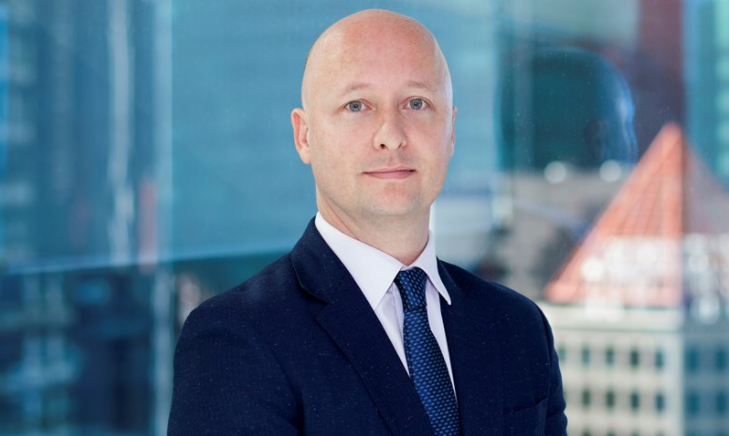
Upstream companies are to shift focus from merely surviving to thriving going into 2018, Wood Mackenzie said in a report.
Published in the company’s 2018 Upstream Outlook today, Woodmac claims that oil and gas firms are ‘in their best shape since the oil price collapsed’.
The research and consultancy group also said that they believe upstream companies will now focus on showing how well they can adapt and thrive within a low cost environment.
Angus Rodger, Woodmac upstream research director, said the big cuts are behind the sector and that capital expenditure will ‘grow slightly’ in the coming year to a total of $400billion.
Pointing to the fact that $1trillion was lost from company spending as a consequence of the downturn, Mr Rodger is positive about growth within the sector as a result of the rise in global capital expenditure.
He said of the expected increase: “It is all the more impressive given that the LNG cliff has arrived: LNG spend will plummet by US$16 billion – roughly 40% – as major projects in Australia and Russia are completed. The resulting investment gap will be filled by unconventionals and deepwater projects, with spend to rise 15% for both. The growth in deepwater comes after three years of decline, signalling this key resource theme is back on track.”
Woodmac expects the number of major project sanctions to increase from just over 20 in 2017 to 25 in 2018.
Tom Ellacott, senior vice president said: “The rise in project sanctions will be a clear sign that new projects can work in a low-price environment.
“Oil and gas companies will continue to adapt portfolios to perform at high and low prices and also to provide a platform for longer-term energy transition.”
“Optimising the core business, controlling costs and employing digital technology like predictive analytics will all play a part. We expect companies to continue to develop high-value, low-cost oil. Building exposure to gas will also be a core strategic objective for most larger companies as they transition towards low-carbon portfolios. This process will include small-scale investments in renewables to bring more optionality in wind, solar and power markets.”
He added: “Now that the belt-tightening is done, companies are looking to deliver profitable growth and build for the future. We also expect to see signs that the investment cycle is starting to turn and the sector has reset itself to operate at lower commodity prices.”
Recommended for you
